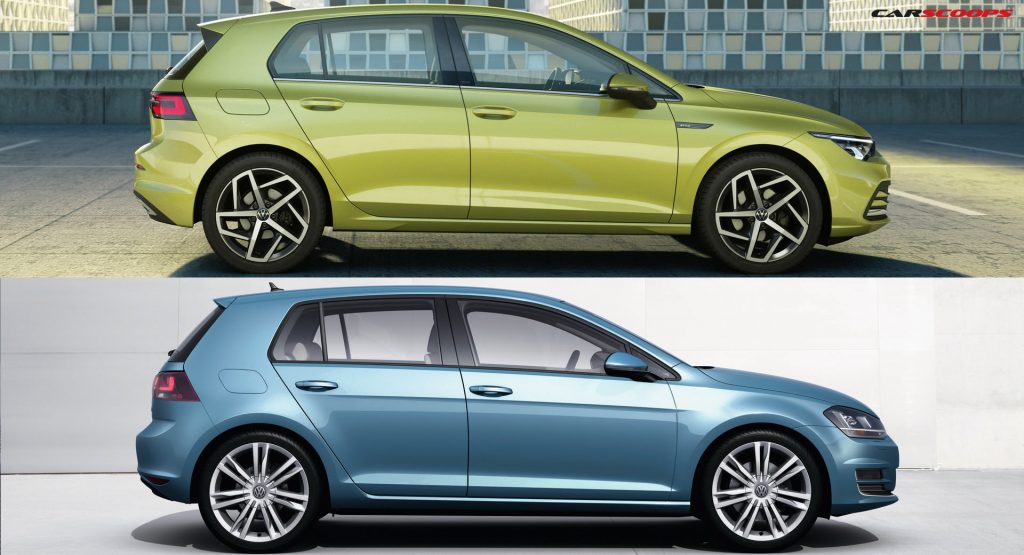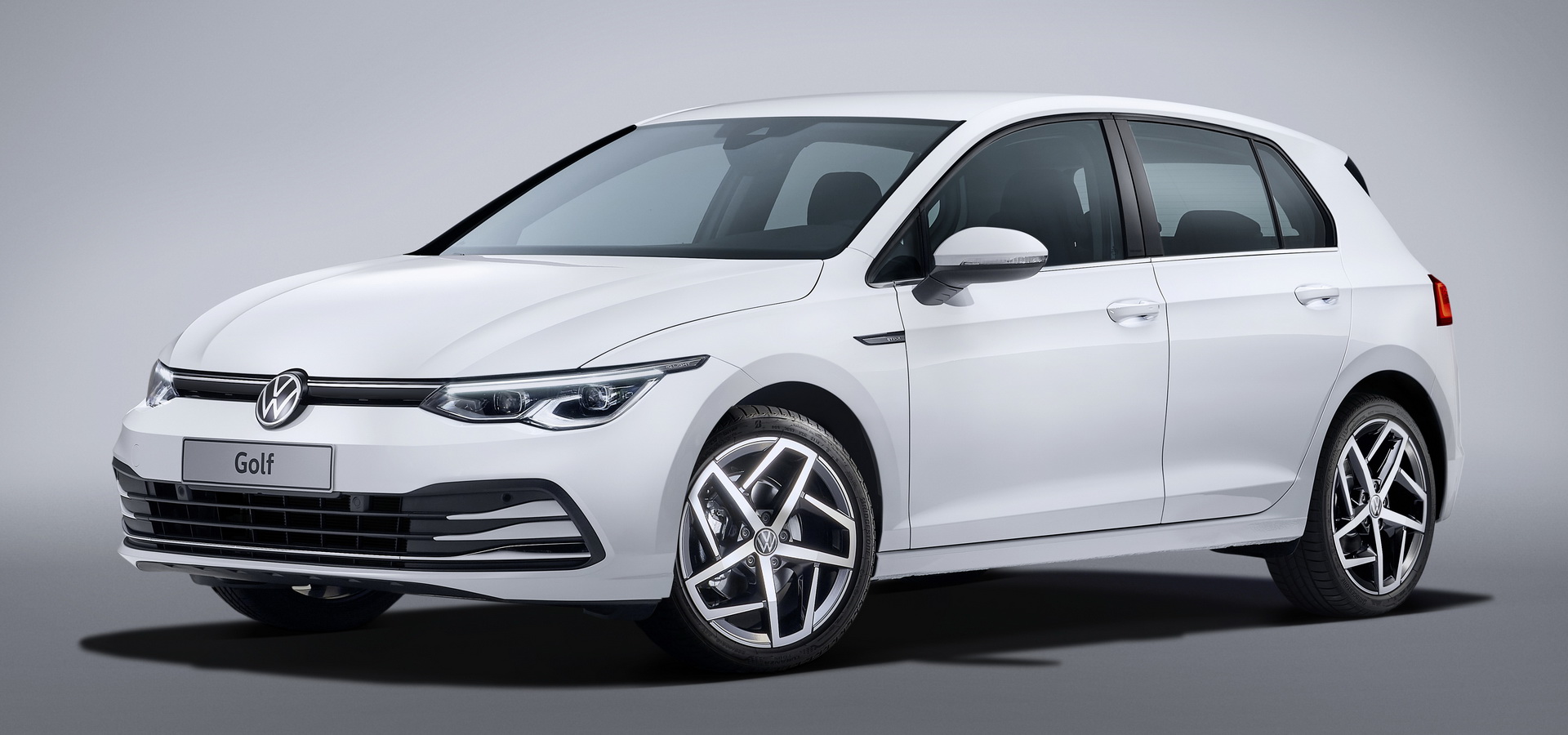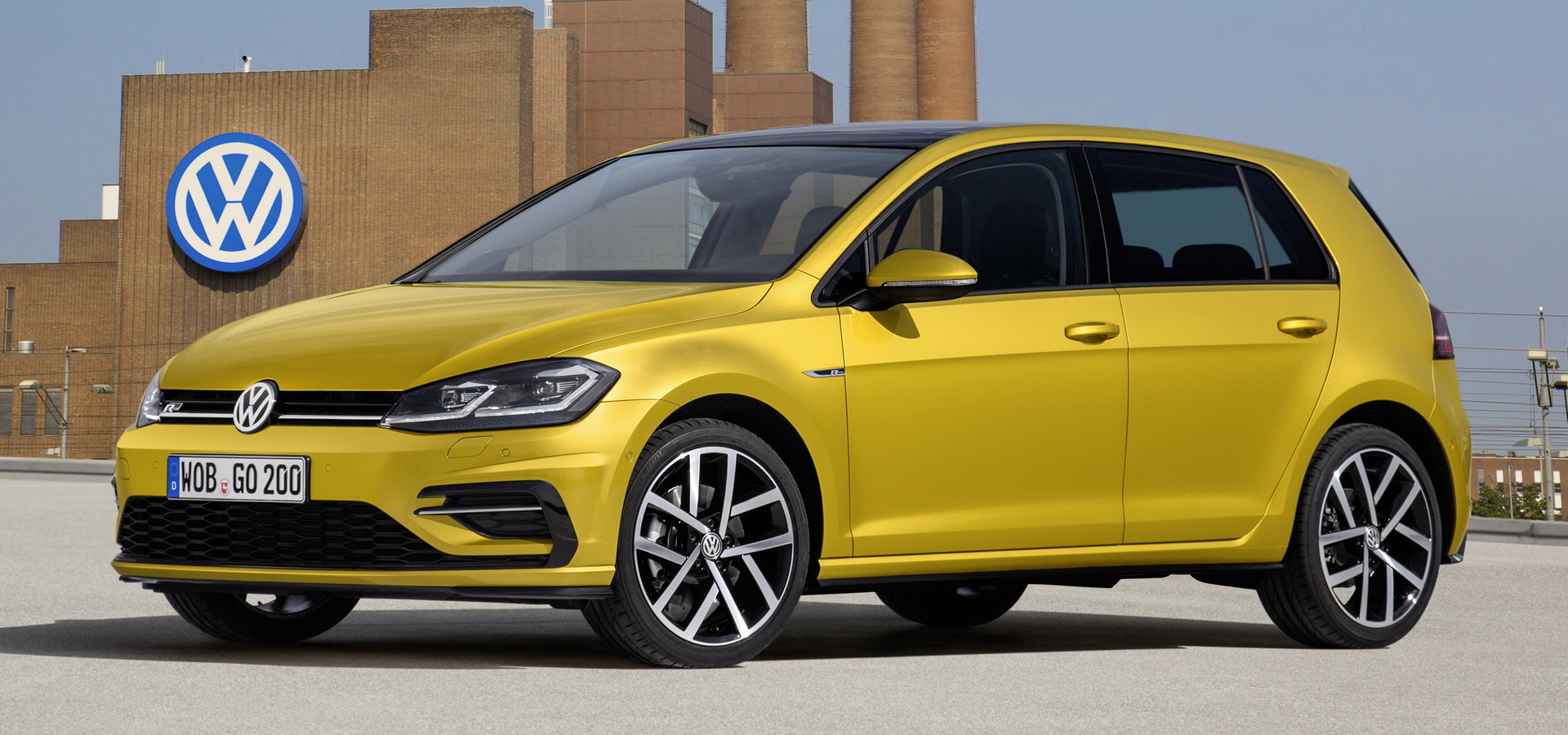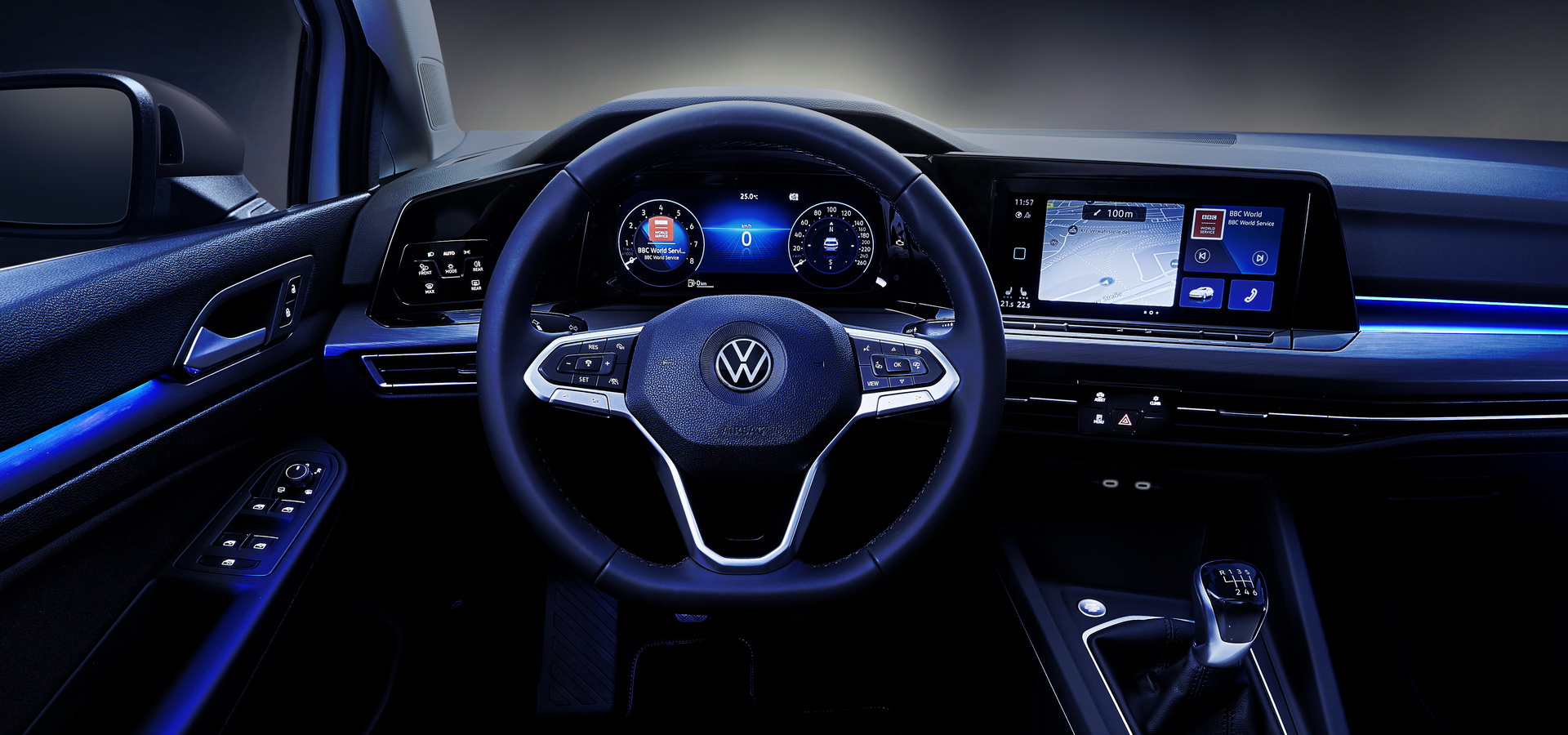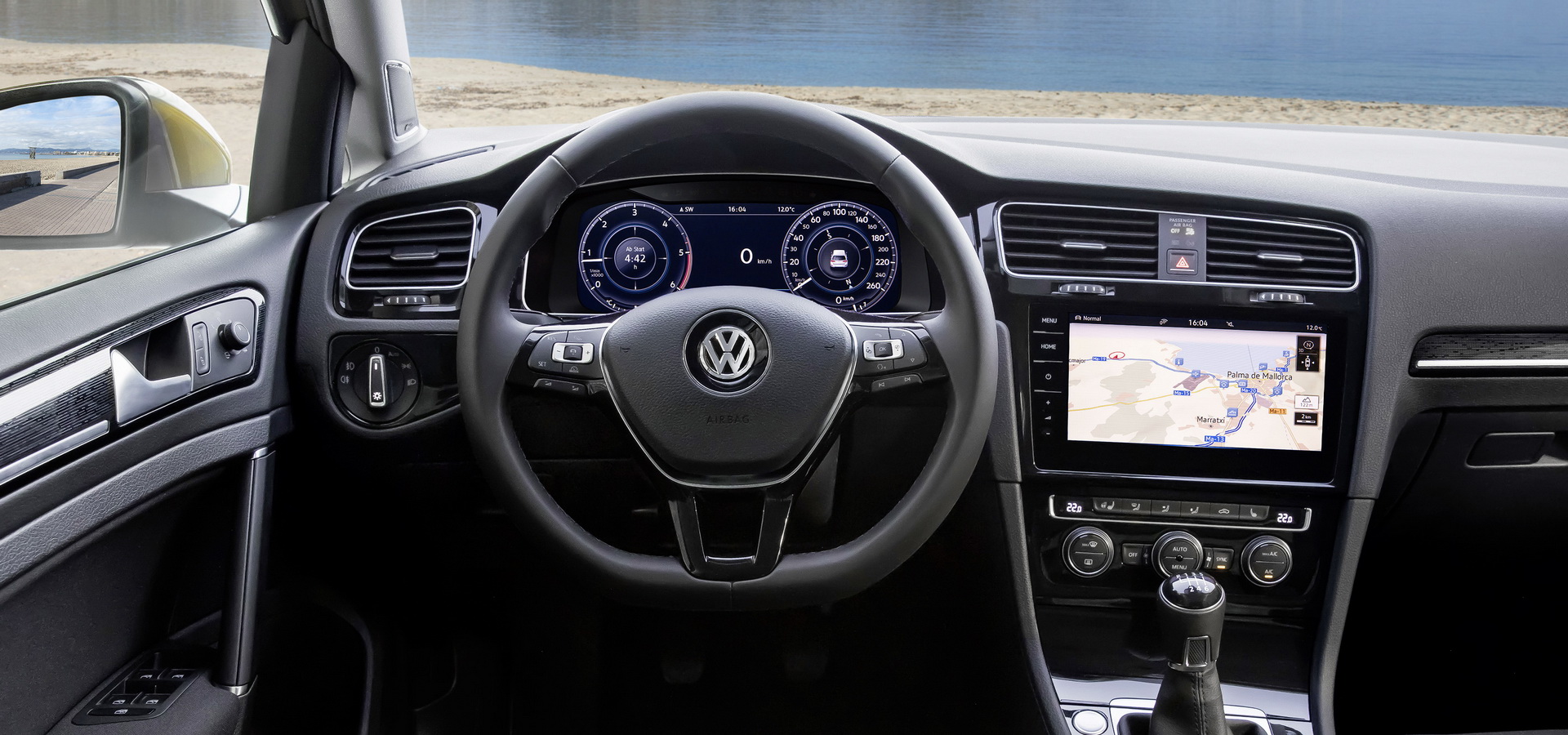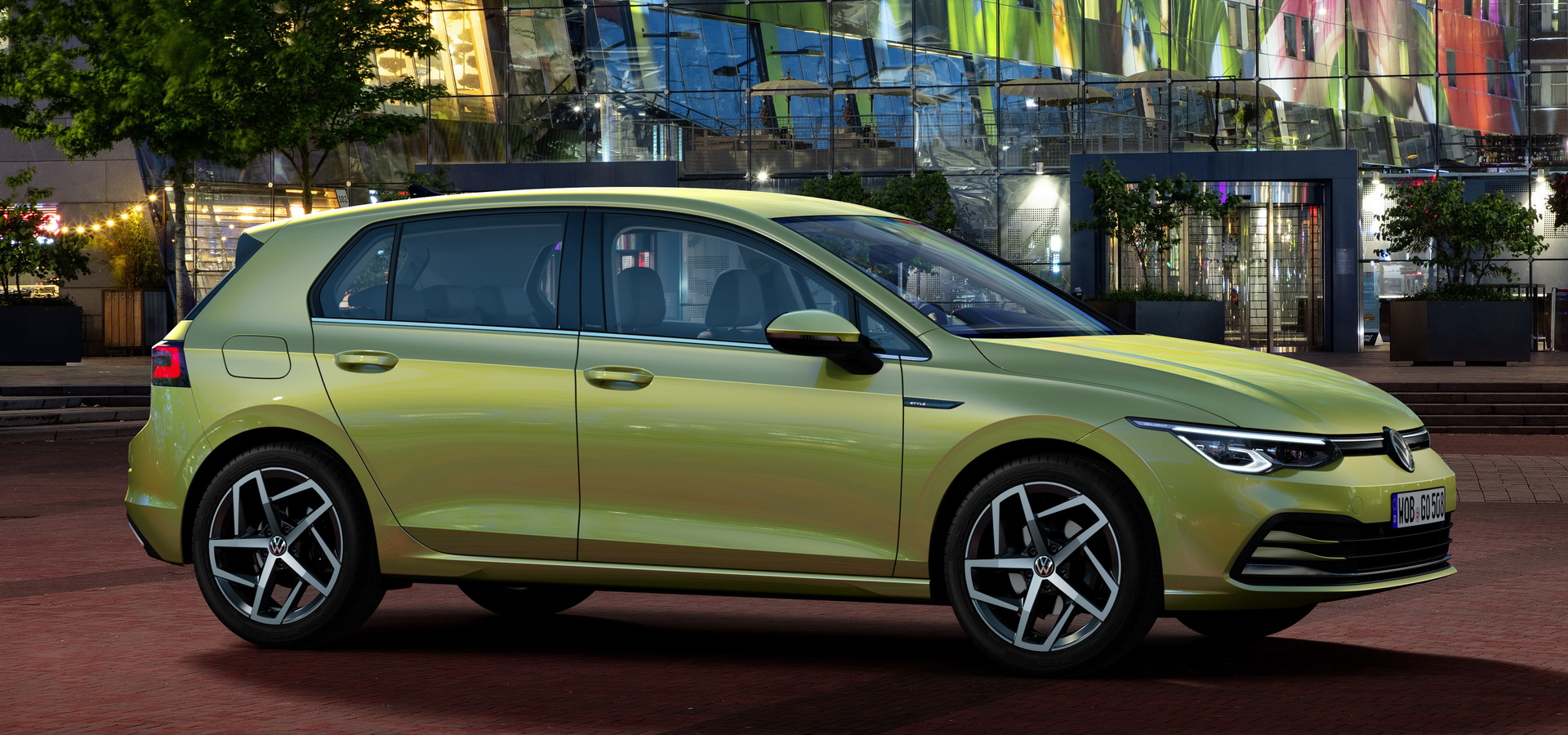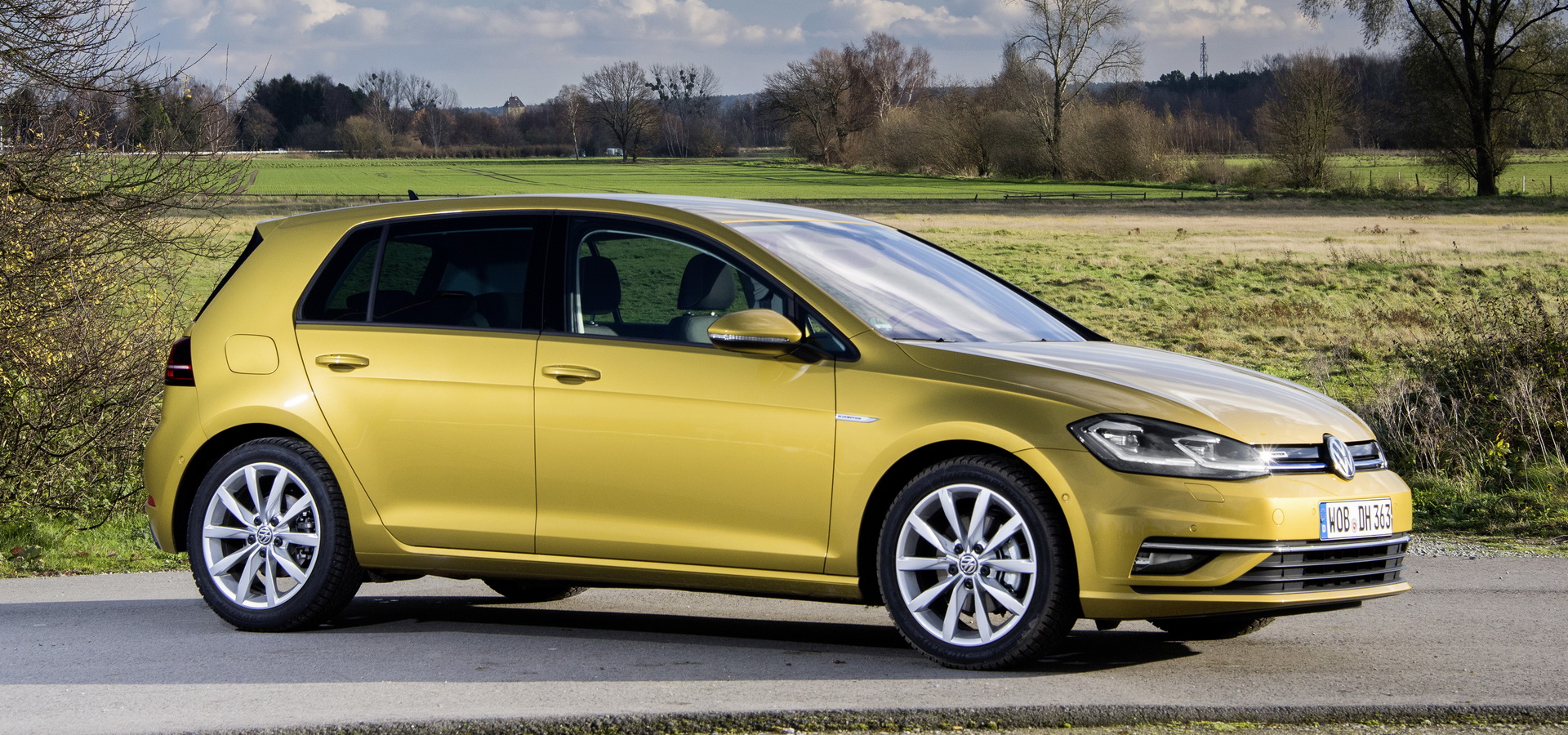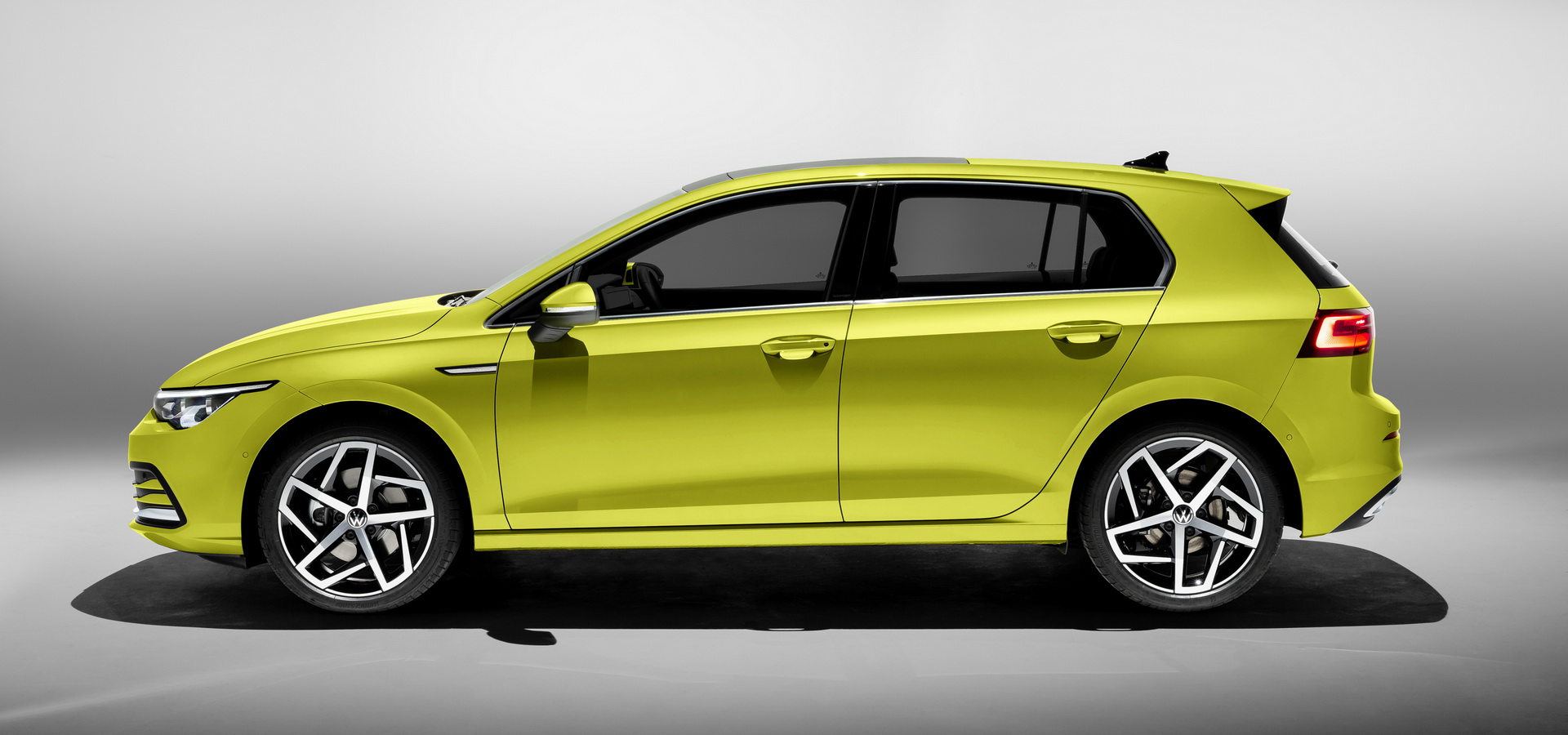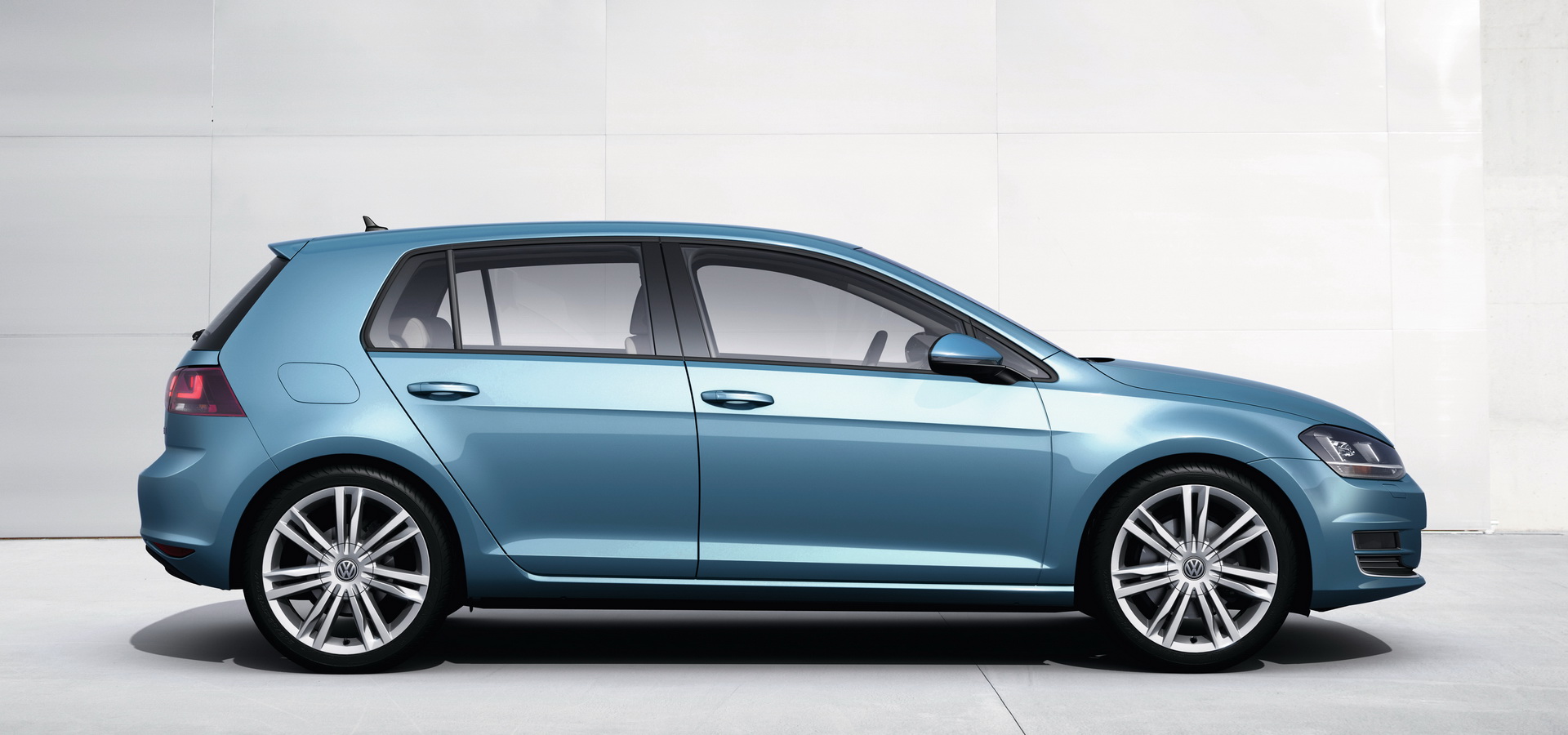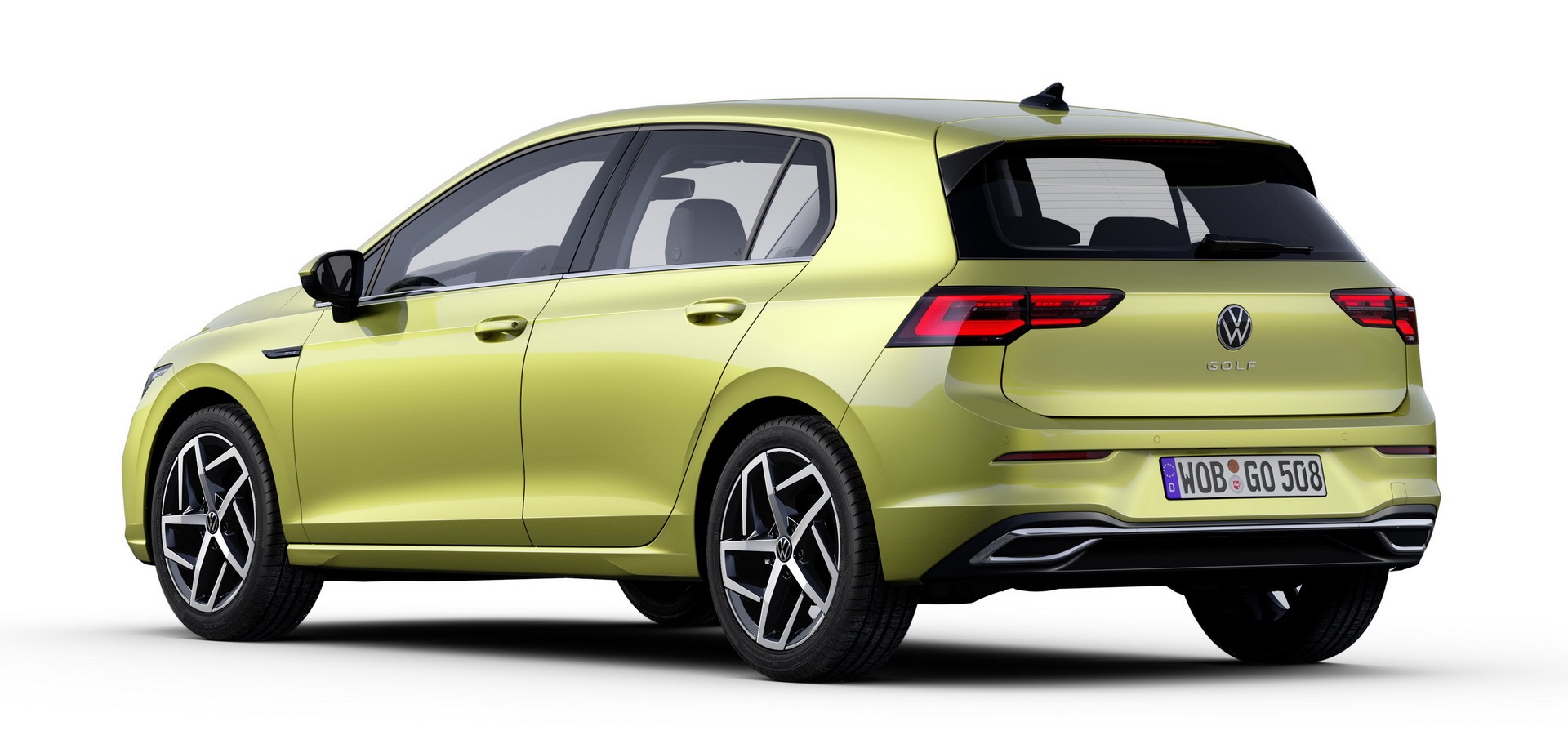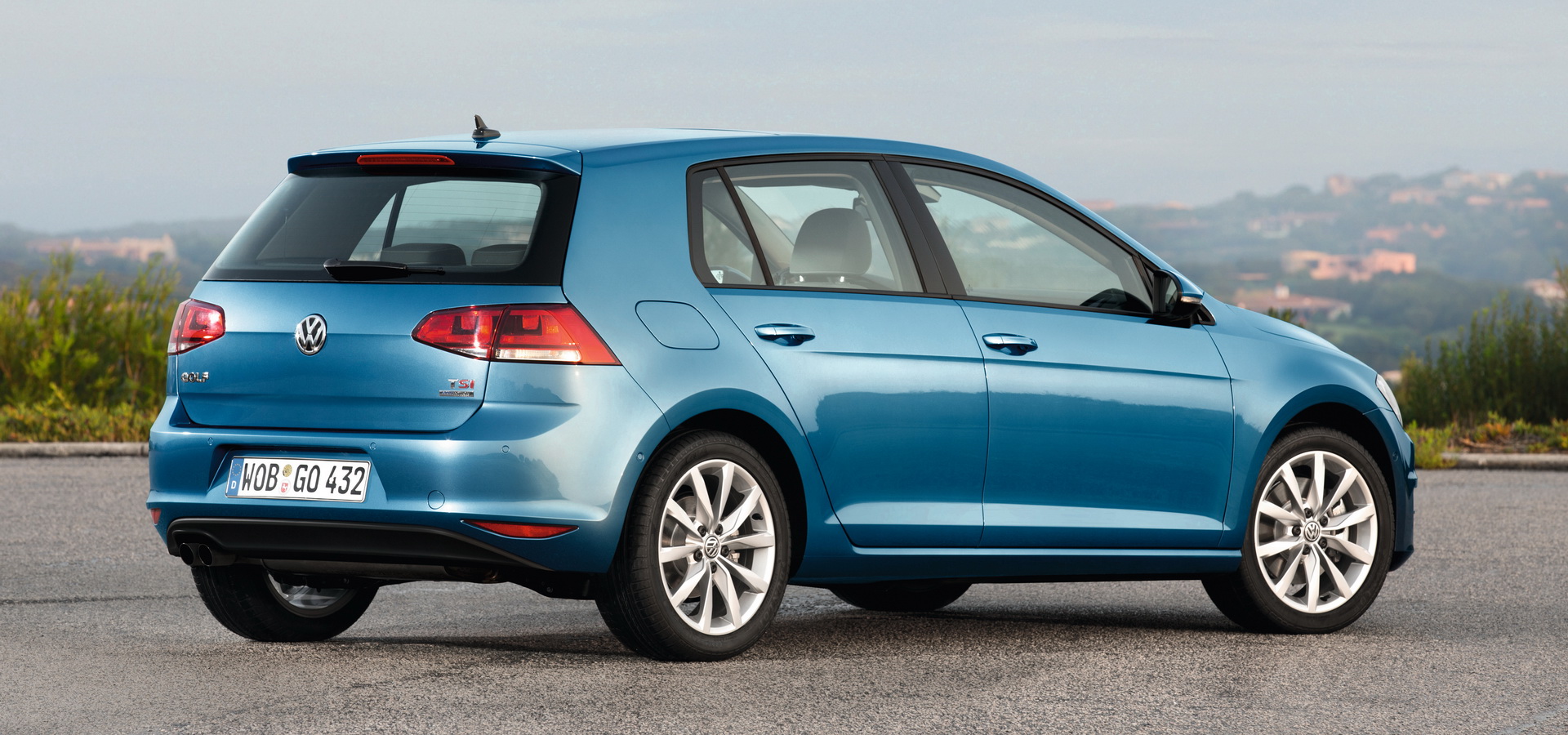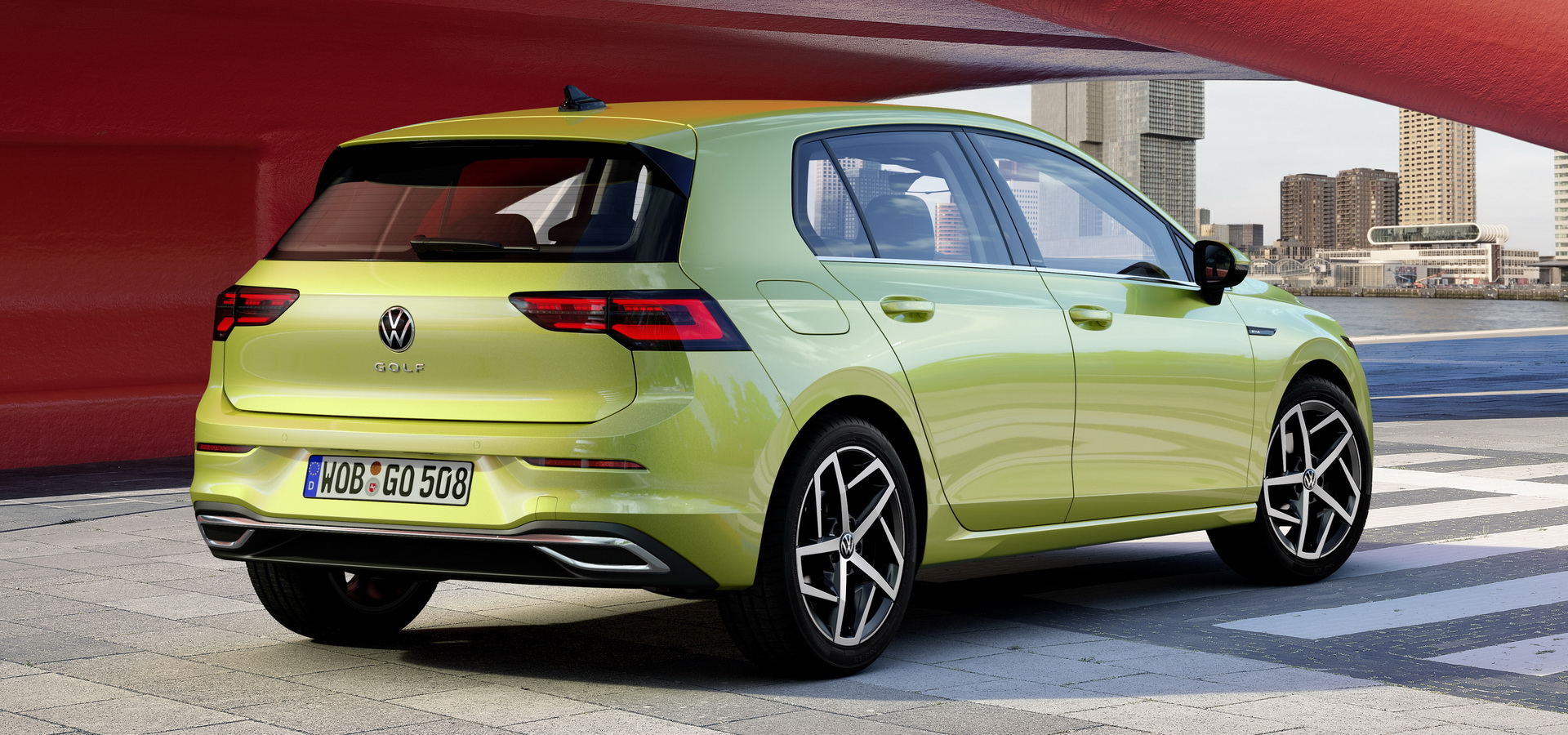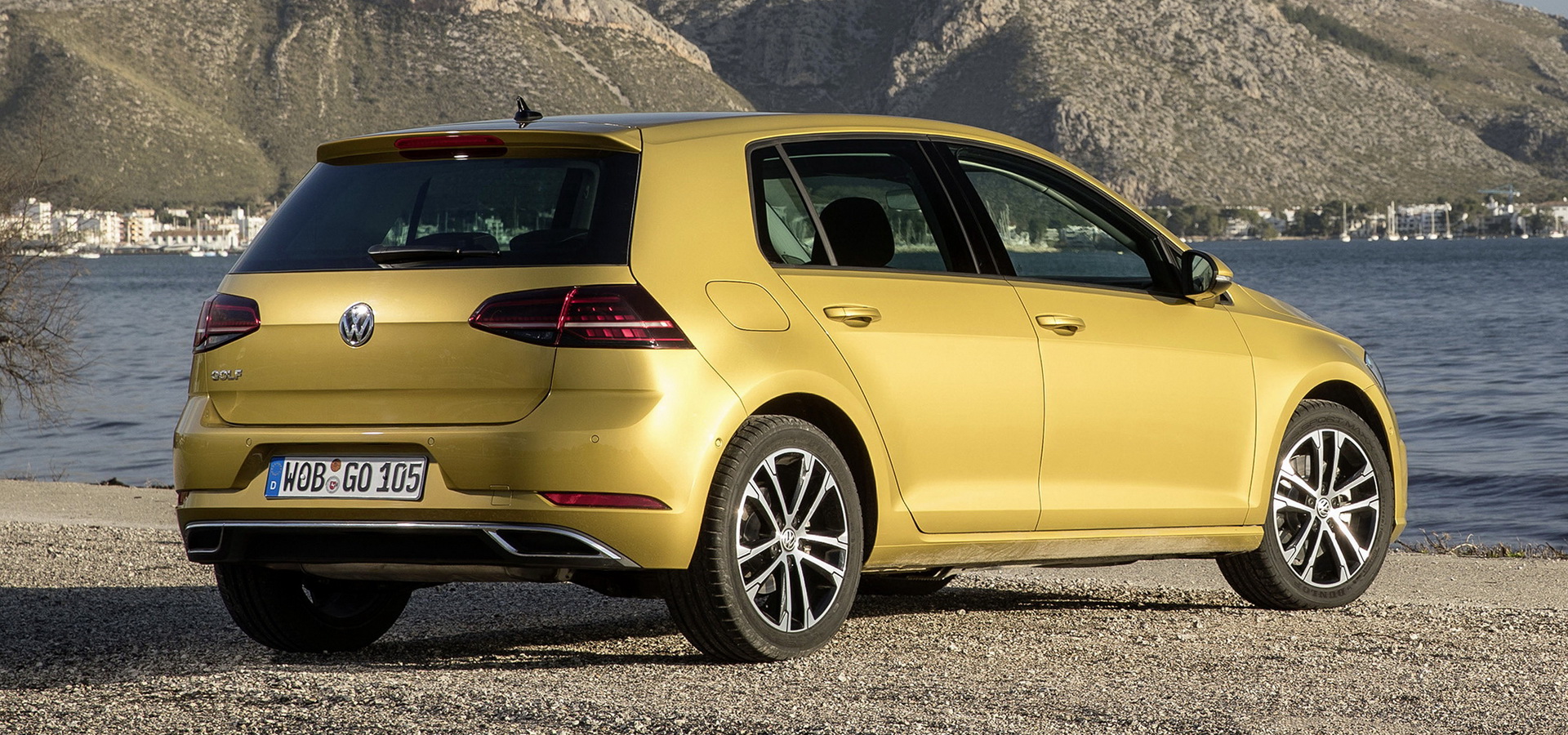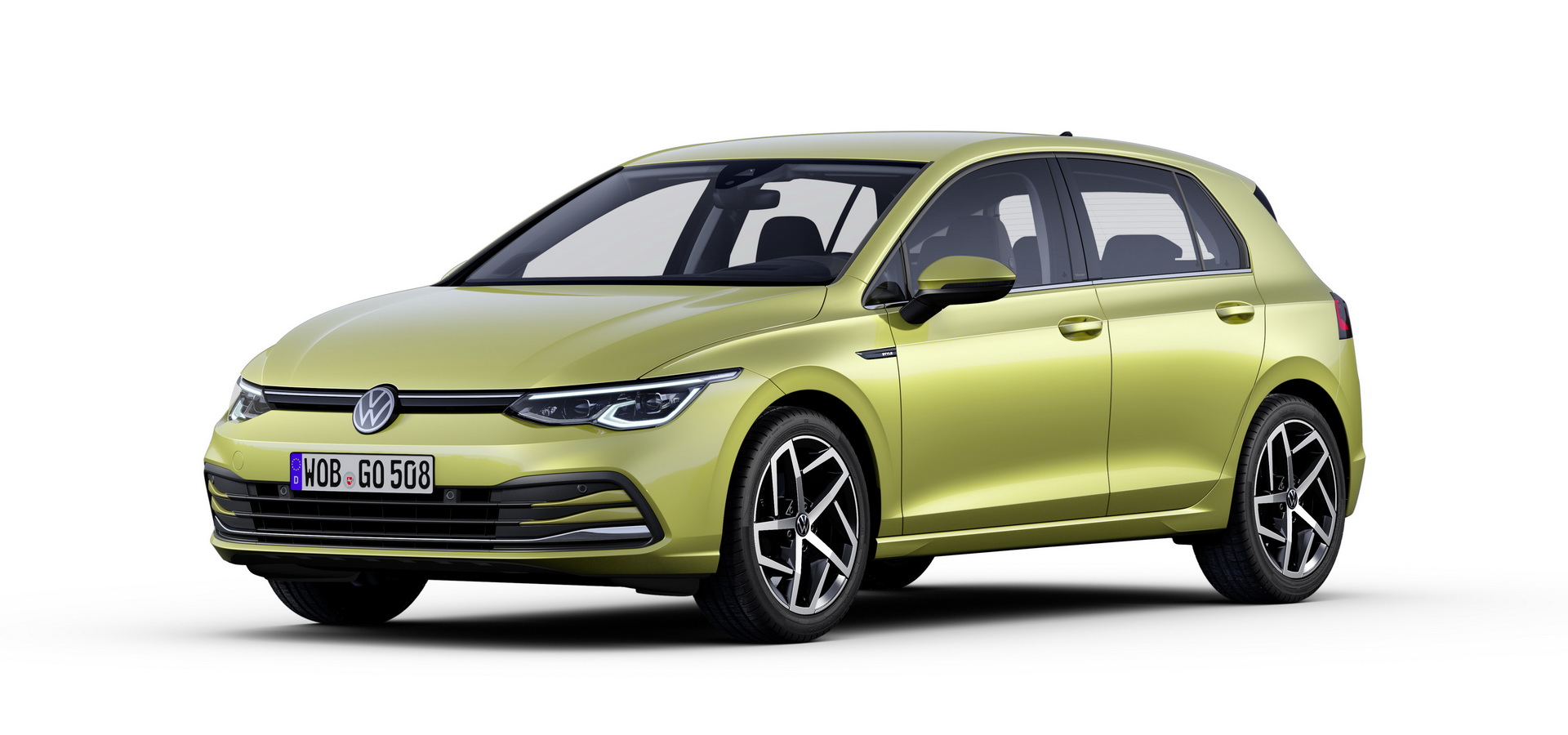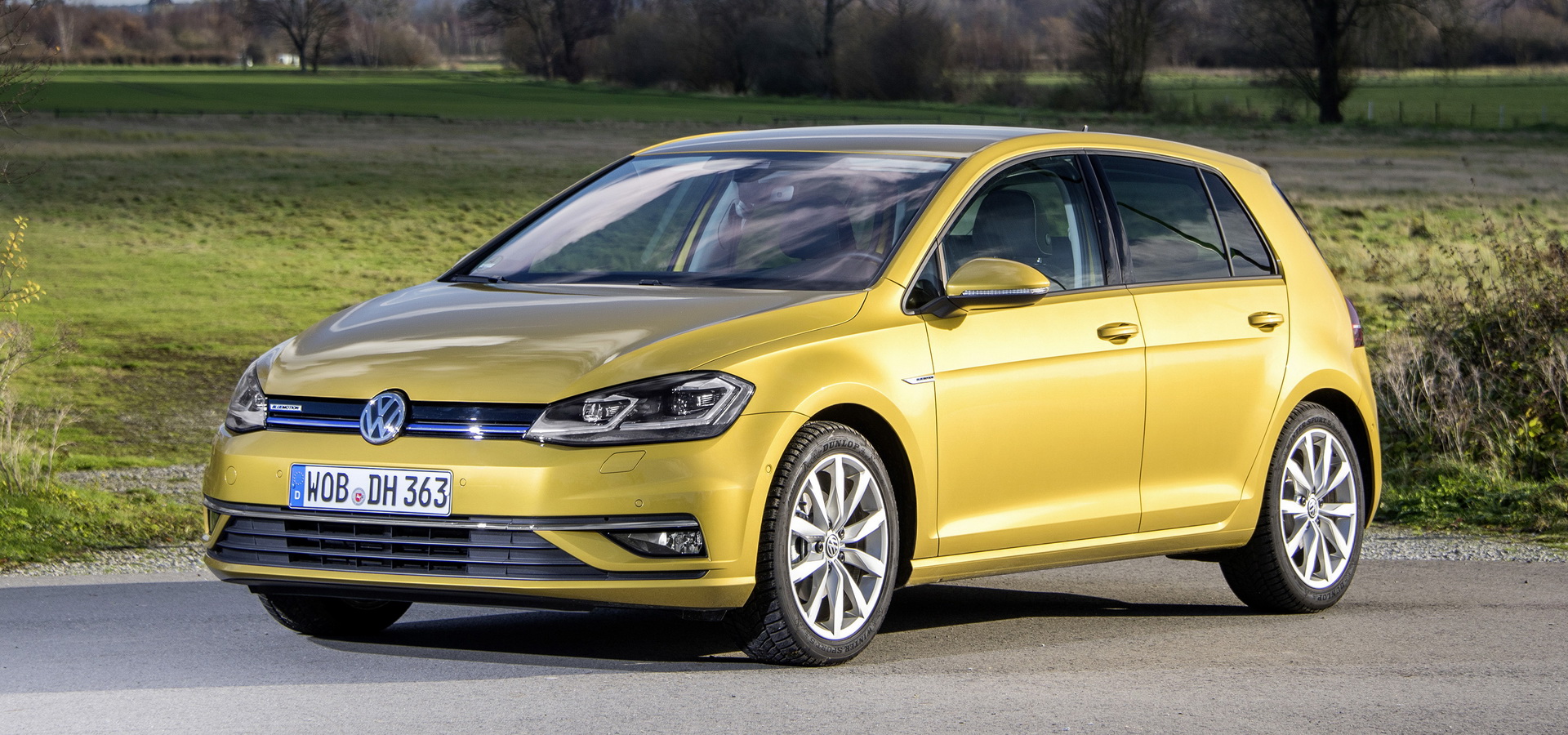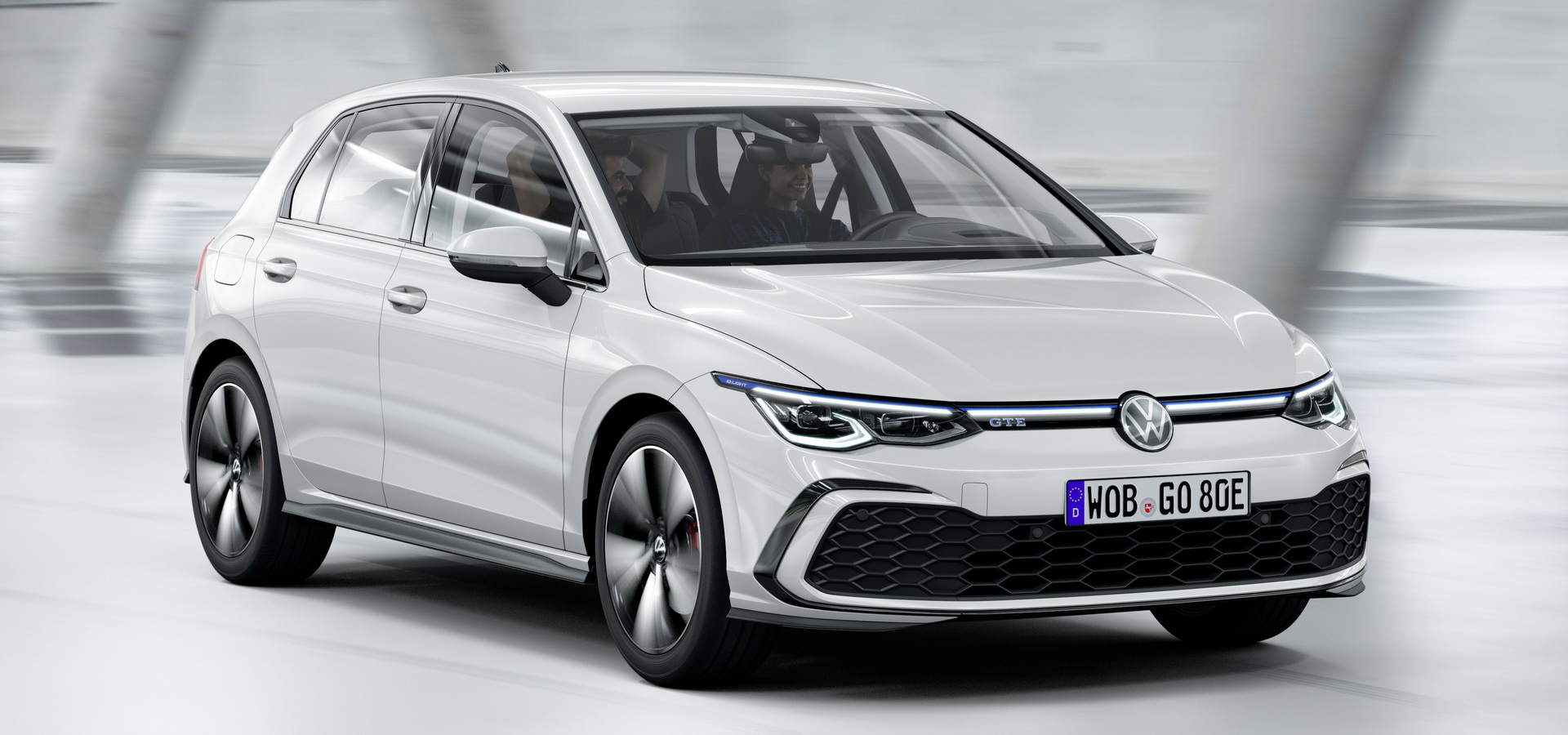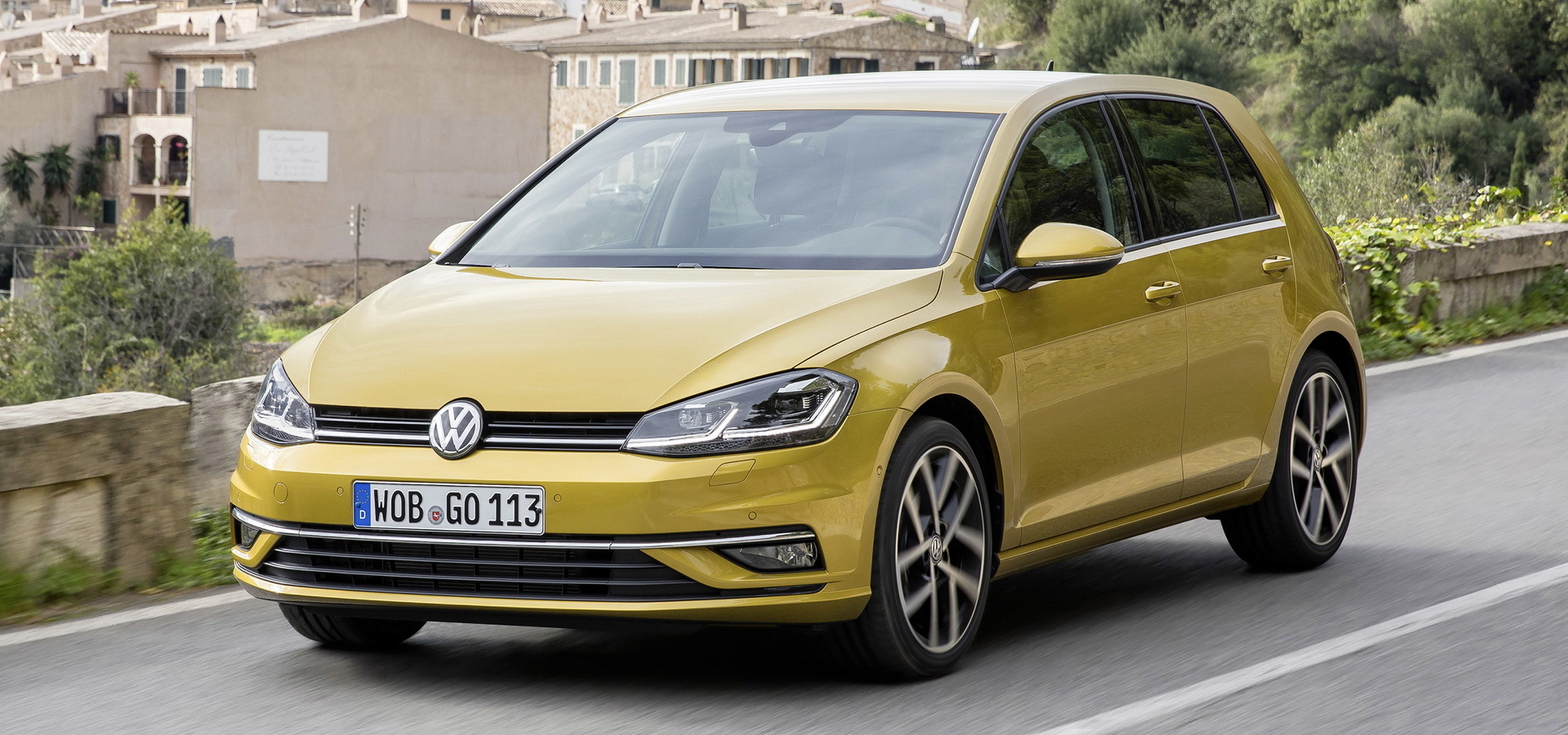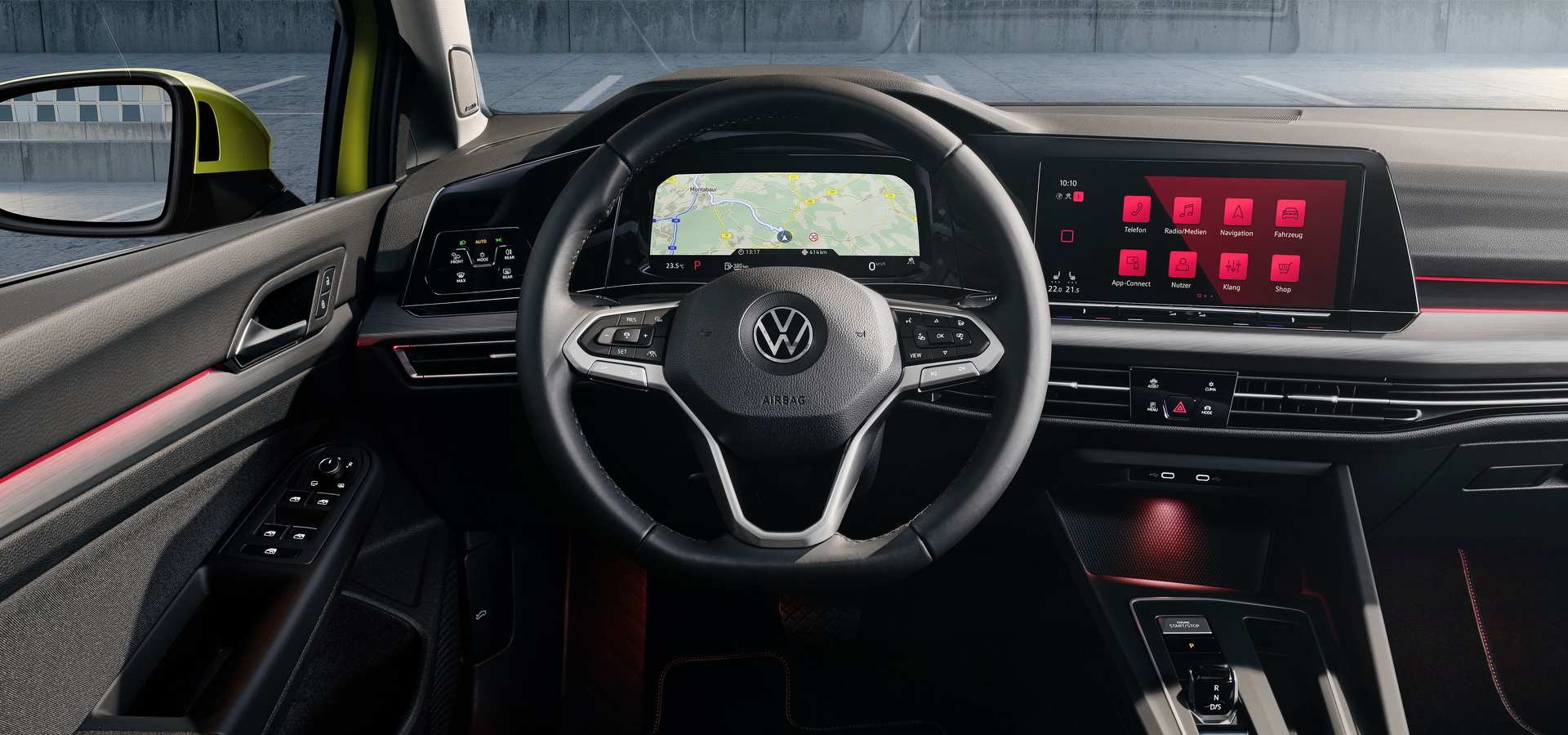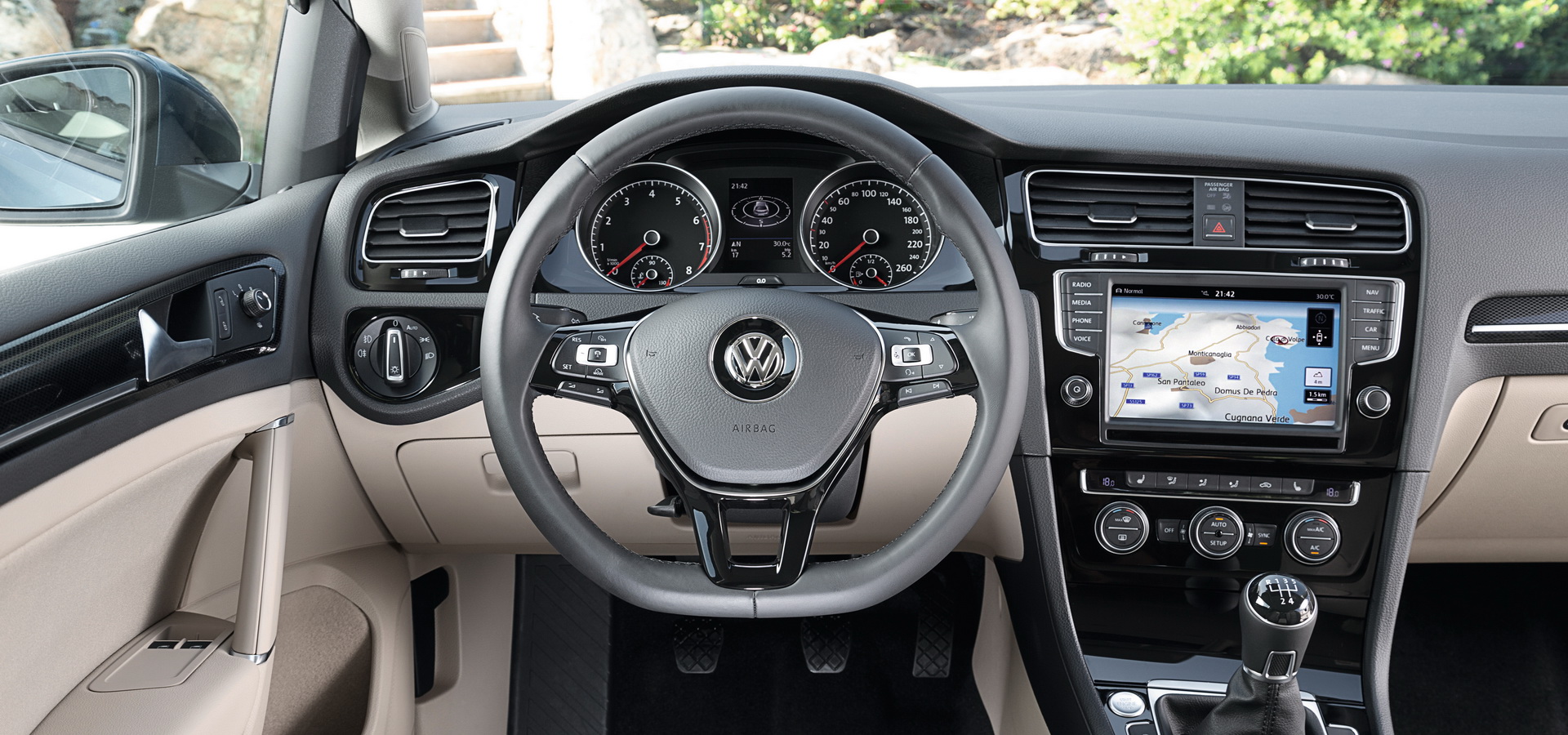Looking back at the Mk7 Golf, there’s no denying the fact that VW did everything they could in order to ensure that no other non-premium compact hatchback would out-perform it as a general package.
It was lighter, safer, more comfortable and more fuel efficient than any of its predecessors, and even compared to its rivals it often stood tall as one of the best models in its segment, if not the best.
Also read: 2020 VW Golf – Here Are All The Details, From Design To Engines And Tech, Plus 88 Images
There is however an argument to be made that the differences between the Mk7 Golf and the Mk6 or even the Mk5 are not as massive as the ones between the Mk7 and the all-new 2020 eighth-generation Golf, a car that’s here to herald C-segment buyers into the digital age.
Once a Golf, always a Golf?
Yes, it’s true that the design of the Mk8 is by no means revolutionary. However, it’s not a simple reshuffling of curves and lines as with the previous two generation models either. Compared to its predecessor, the new Golf looks sharper, and the styling of the front end has finally been completely revamped.
Overall, it’s clean and modern, as if to announce to the world that the Golf is finally ready for an electrified and digitized future, which it definitely is, given the specs.
Before we get into all that, let’s discuss measurements. While VW has yet to disclose trunk volume, or performance and economy figures, we do know that the Golf is now 4,284 mm (168.6 inches) long, 1,789 mm (70.4 inches) wide and 1,456 mm (57.3 inches) tall, with a wheelbase of 2,636 mm (103.7 inches). The Mk7 meanwhile has a length of 4,258 mm (167.6 inches), is 1,790 mm (70.4 inches) wide, stands 1,492 mm (58.7 inches) tall and its wheelbase measures 2,620 mm (103.1 inches).
Meet the Innovision Cockpit
All exterior differences aside, what’s blatantly obvious about the all-new Golf is that it features a considerably more modern interior than the previous-gen model.
Even visually, you get the dual-level dashboard design, top-mounted driver oriented displays (more ergonomic), subtle air vents, ambient lighting, way fewer physical buttons and a new steering wheel. If you’re still not impressed, consider the features you can select for your brand new Golf: windshield-projected head up display, Car2X connectivity, an interface to charge your smartphone, and loads more.
Even on the tech, safety and driver assistance fronts, while the Mk7 came with adaptive cruise control, lane-keeping assistant, driver fatigue detection, Multi-Collision Brake, Front Assist and quite a few other goodies, they still can’t hold a candle to what VW jammed inside the Mk8: Travel Assist, IQ Light LED matrix headlights, ACC with predictive speed detection, Front Assist, Oncoming vehicle braking when turning, Lane Assist Lane-Keeping, Predictive Pedestrian Protection and of course the previously-mentioned Car2X tech which allows the new Golf to connect to its environment.
Performance should be better too
Like we said before, VW has not disclosed any straight line performance or fuel efficiency figures just yet, but the fact that the Mk8 will be available with no fewer than five hybrid versions speaks volumes about what the German carmaker has planned for this segment.
Of course, there are still turbocharged gasoline and diesel units available, with outputs ranging from 90 PS (88 HP) to 300 PS (295 HP). It’s clear that diesel power is still important to VW, which is why they developed the new Golf’s 2.0-liter TDI units from scratch, and are planning a performance-oriented GTD version as well.
In the end, while the 2020 Golf isn’t available (yet) with a fully electric powertrain, its semi-autonomous, connected and hybrid status should be sufficient so as to win most people over. And if you want a fully-electric compact-sized Volkswagen, you can just get an ID.3 – although, this separation might prove problematic in the future if direct Golf rivals go fully-electric.







